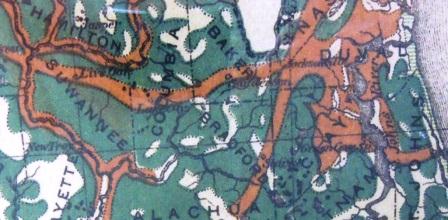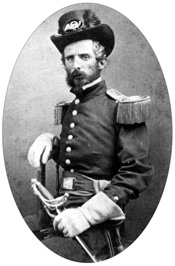Timber has been cut in the Clay County area at least since British Colonial Times. Francis Fatio wrote in 1785 that there is “an abundance of timber of superior quality, suitable for shipbuilding, lumber [and] staves”. The timber industry continued uninterrupted into Territorial Times when John Audubon saw live oak cutters in the White Sulphur (Green Cove Springs) area in 1822 [see Parade of Memories, pg. 65] In the same year, Robert Cowan illegally cut trees on government land [pg. 33]
Search
MENU
How Do I
Timber
Historical Archives
Historic Triangle Site
close

Holiday Closure Notice - Christmas & New Year



 By 1881, a forestry map shows that, while some virgin long leaf yellow pine remained in Clay County, most of the timber had been clear cut. Logs were floated down Black Creek to sawmills, or cut at upstream mills and barged out. Logs and lumber were transported on the east-west Green Cove Springs & Melrose Railroad to clear the southern portion of the county. Take note of two small white areas along Black Creek — these are likely cypress which, by 1881, had also been harvested. The large green area of virgin timber in the northwest of the county was harvested when the Middleburg, Highland and Lake Butler Railroad was chartered in 1888.
By 1881, a forestry map shows that, while some virgin long leaf yellow pine remained in Clay County, most of the timber had been clear cut. Logs were floated down Black Creek to sawmills, or cut at upstream mills and barged out. Logs and lumber were transported on the east-west Green Cove Springs & Melrose Railroad to clear the southern portion of the county. Take note of two small white areas along Black Creek — these are likely cypress which, by 1881, had also been harvested. The large green area of virgin timber in the northwest of the county was harvested when the Middleburg, Highland and Lake Butler Railroad was chartered in 1888. reading.
reading. virgin timberlands to feed the saw mills. Ozias Buddington was a major purchaser.
virgin timberlands to feed the saw mills. Ozias Buddington was a major purchaser.